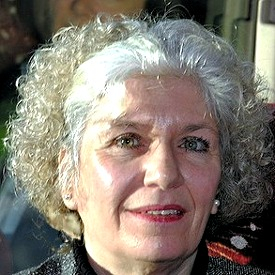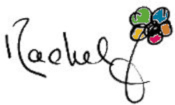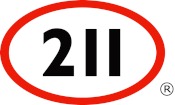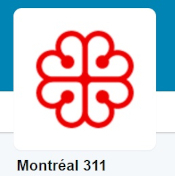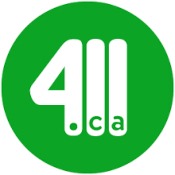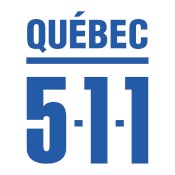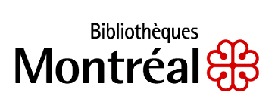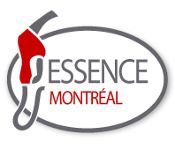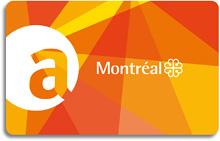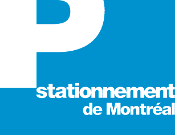Mikmaq of the Algonquian Language
The Mikmaq of the Algonquian language. Mi’kmaq people. Mi'kmaq family, Mi'kmaq culture. Mi'kmaq (ending with a q) is a noun that means the people and Mi'kmaq (also ending with a q) is the plural form of the singular word 'Mi'kmaw. Mi'kmaq always refers to more than one Mi'kmaw
person or to the entire nation.
In Canada, the Mi'kmaq call themselves bands or First Nations. Each band, each First Nation has its own government, its own laws, its own police, its own services ... In total, 27 Mi'kmaq bands and a very interesting history in a very large homeland called Mi'kma'ki.
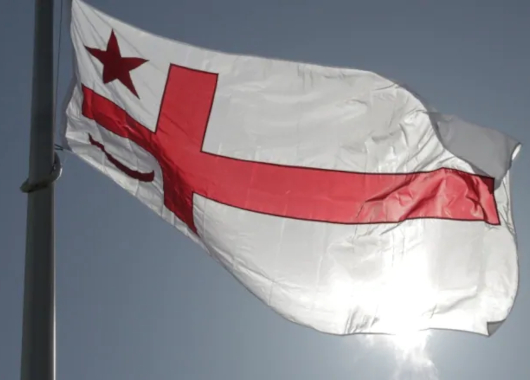 Mi'kmaq Grand Council Flag - CBC.ca
Mi'kmaq Grand Council Flag - CBC.caA Mikmaq First Nation and Grand Council established long before the arrival of the Europeans in the 17th century and still the traditional government of the Mi'kmaq Nation of today even if some of its political powers have since been restricted.
A Grand Council that was and still is considered a spiritual authority by the Mi'kmaq people along with Mi'kmaq Councillors who advocate, promote, preserve and maintain the language, the culture, the traditions and the well being of the Mi'kmaq people and Mi'kmaq Nation.
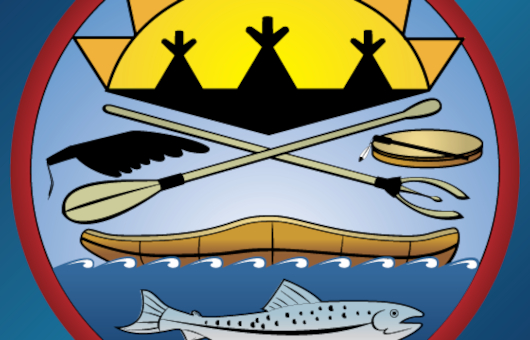 Gespeg Mi'kmaq First Nation
Gespeg Mi'kmaq First NationMi'kmaq First Nation
For immemorial time, the semi-nomadic Mikmaq First Nation of the coastal regions of Eastern Canada relied on fishing, hunting, gathering and trading what the sea and the land had to offer.
The Mi'kmaq hunted large game such as caribou and moose and went fishing for seals, walrus and whales. Semi-nomadic indigenous people organized into family groups, along with a rich culture full of resources from their surroundings and their environment.
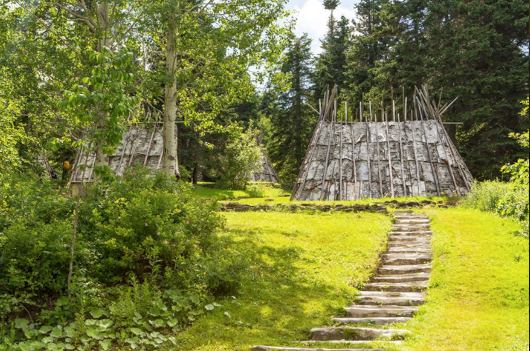 Listuguj Mi’gmaq First Nation
Listuguj Mi’gmaq First NationThe navigation and fishing skills of the Mi'kmaq just so happened to be invaluable to the explorers and traders who had just arrived in our climate and our immensity.
Micmac, Míkmaq or Mi'kmaq who still practice their traditional salmon fishing and who maintain and promote their history through the conservation and the development of their ancestral sites.
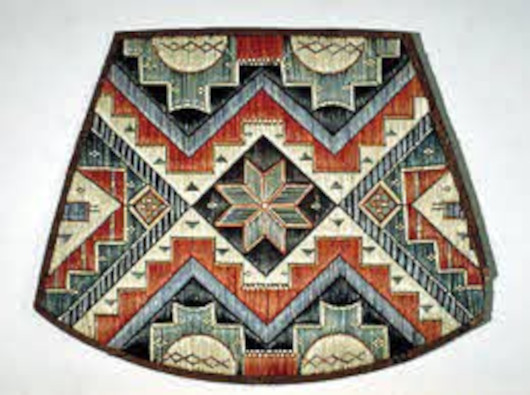 Mi'kmaq Art - The Canadian Encyclopedia
Mi'kmaq Art - The Canadian EncyclopediaMi'kmaq First Nation Bands
According to the Indigenous Foundations "a band or Indian Band is a governing unit of Indians in Canada instituted by the Indian Act of 1876 that defines a band as a body of Indians".
Three Mi'kmaq First Nation bands in the province of Quebec:
- Gesgapegiag First Nation with services that include Administration, Health, Forestry, Education, Gesgapegiag Human Resource Development Commission (GHRDC), Public Security, Fisheries and Economic Development.
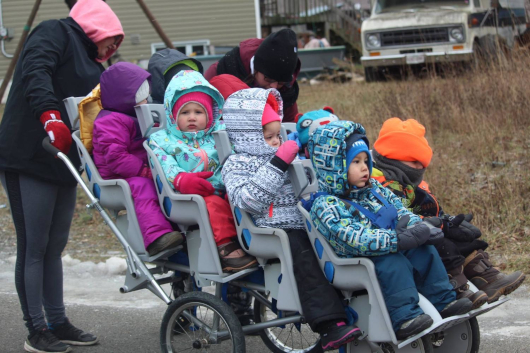 Gesgapegiag Mi'kmaq First Nation
Gesgapegiag Mi'kmaq First Nation- Gespeg First Nation (no reserve) plays an important role in showcasing Mi'kmaq crafts by helping and allowing artisans in the community to make and sell their products.
- Listuguj Mi’gmaq First Nation who never surrendered their rights to their ancestral territory of Gespe’gewa’gi. They never gave up their right to govern and to manage their resources in accordance with their values, their beliefs and their principles.
Communities related by alliance and kinship and leaderships based on prestige rather than power mostly concerned with effective management of their respective fishing and hunting economy.
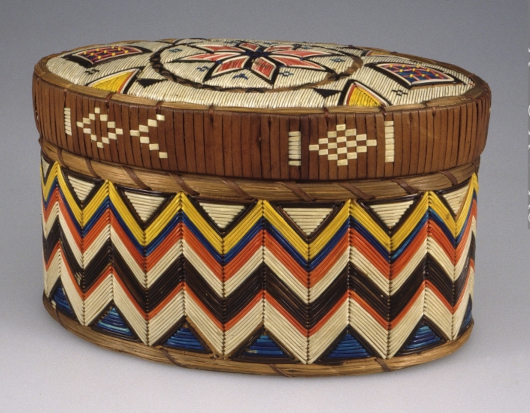 Mi'kmaq Art - McCord Museum
Mi'kmaq Art - McCord MuseumMi'kmaq First Nation Art
Like many other Indigenous people, Mi’kmaq practiced an art linked to their natural environment. Mi'kmaq were and still are creative artists and their beaded clothing and woven baskets of today are a beautiful testimony of their remarkable talent and creativity.
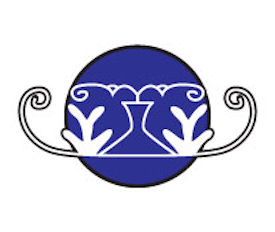
The Mi'kmaq combine their traditional knowledge with contemporary expertise and, by doing so, they create new and beautiful art forms. Traditional art that asserts and confirms their forever identity, talent and presence.
The objects made by the Mi'kmaq are practical, meaningful and attractive. Wood such as maple, oak, ash, birch and cedar are their favorite material along with traditional wood techniques that enable them to create old and new artistic designs and patterns.
Music is an important element for the Mi'kmaq. Traditional songs and chants to honor their traditions and their ancestors during spiritual rituals, feasts, gatherings, cultural ceremonies and powwows.
The Abenakis, Anishinaabeg, Atikamekw, Crees, Huron-Wendats, Innus, Maliseets, Mi'kmaq, Mowhawks, Naskapis First Nations and, the Inuits in Inuit Nunangat, the Arctic regions of Greenland, Canada and Alaska.
Montreal Kits
Mikmaq of the Algonquian Language
Mi'kmaw Singular - Mi'kmaq Plural
Disclaimer Keep in Touch! Montreal Tourism
Privacy Policy Rachel Louise Barry Sitemap
Montreal Kits © All Rights Reserved 2018-2024
The information provided by Montreal Kits is informational only and has no legal value.









